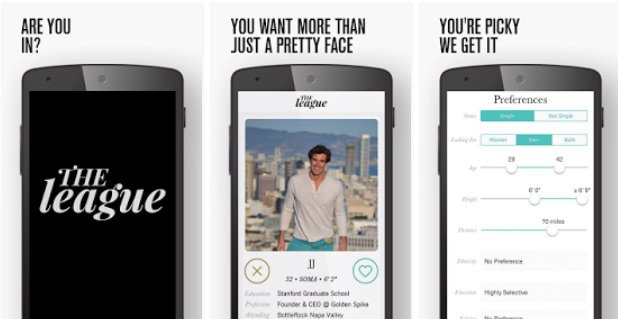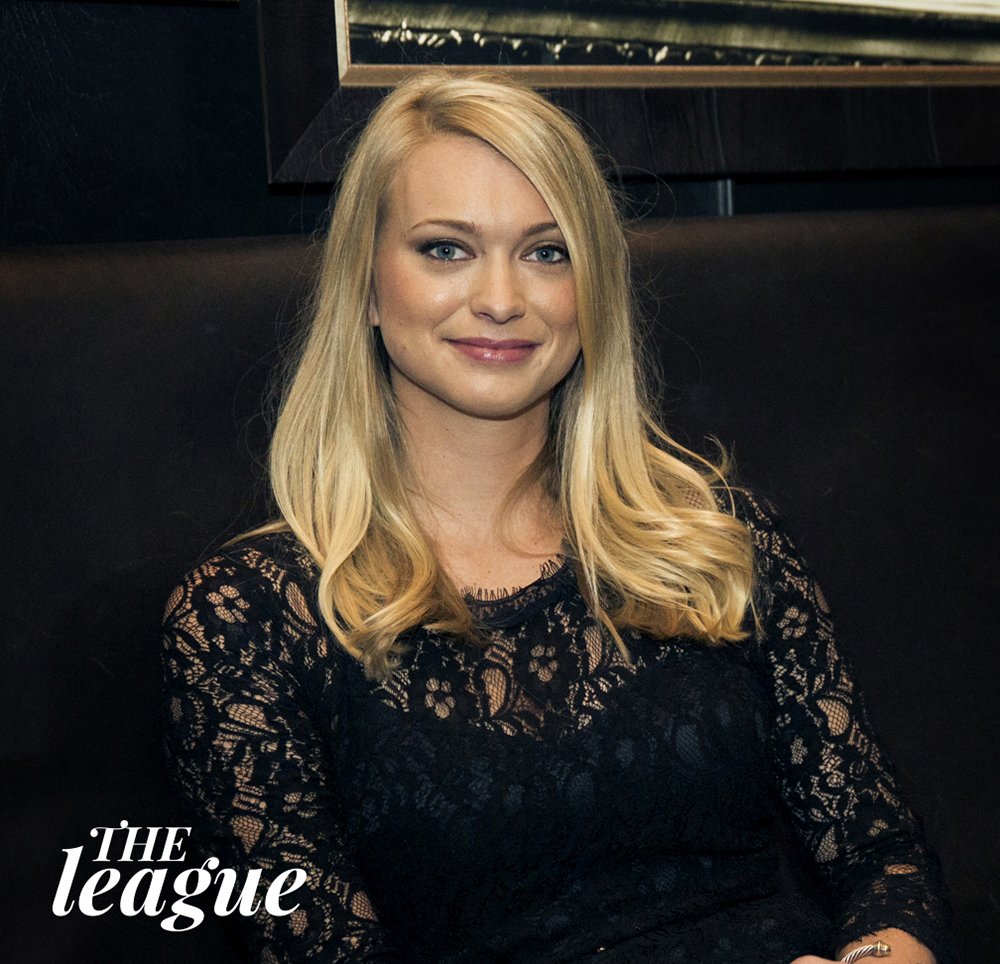Your journey toward personal fulfillment and financial success through entrepreneurship is going to be riddled with challenges big and small.
As founders, we’re very driven. Often, to the point of irrationality.
If you do the math, the entrepreneur’s dreams and vision often don’t make sense financially. Or, even logically, based on their company’s, or even their personal historic performance.
But what many critics miss is that every challenge you overcome brings the company and founders to another, more-elevated level.
An entrepreneur’s potential increases as complex challenges are overcome. These challenges are often the beginning marks of a hockeystick graph.
Still, beyond all the social scrutiny, too many mistakes and bad investments along the way can make the founder feel they’ve wasted time and energy.
There Are Others out There Just Like Us
On my journey to build a bulletproof network of hustlers that support my business growth, I attended an entrepreneurship conference specifically for Millennials, put on by Next Gen Summit, in NYC.
I ended up attending two years in a row and made several amazing connections like Gerard Adams, founder of Elite Daily who sold it for $50-million, and Lenny Stern, managing partner at creative powerhouse SS+K, the folks who created the ad campaigns credited with Obama’s presidential victories in 2008 and 2012. As well as countless others, like the organizers of the Thiel Fellowship, Mark Cuban’s investment director and more.
However, there’s one particularly badass founder I got to connect with. I also got to uncover some of her rawest struggles—the resolutions of which can reassure and re-inspire any founder.
Meet Amanda Bradford, Founder of The League

I’ve been following her work since 2015, when she rattled the press with her unique dating app, The League. The League is a controversial dating app for the elite that’s attracted extensive media attention—both positive and negative—venture capital and business success.
Amanda’s work has been covered by publications like Forbes, New York Times, Techcrunch, Business Insider and more.
I really admire her because in the face of extreme opposition from self-appointed industry experts, she powered through and turned the company from a juicy press story into an iconic Silicon Valley success. Let’s get on with the internview.
Teasing out the Biggest Challenges
I really wanted to tease out the type of challenges that feel backbreaking when they’re happening. And I wanted to find out how founders can overcome them. Which mental framework can solve any business or personal problem?
Simply put, how do we create bullet-proof founders?
I was lucky enough to sit down with her between a crazy flight schedule, constant meetings and her keynote speeches. We were able unpack how her brilliant and resilient mind works.
Here are the key notes from our conversation.
Lesson 1: Framing Is Everything, Will You Lose, Learn or Earn?
JM: Was there a hard lesson / incident that led to you discovering an amazing opportunity? If yes, what was it?
AB: “If you call going through a breakup an incident, then that’s what it was! I learned about the land of dating apps and decided that I wanted to build a better product than what I saw out there.”
Heartbreak and struggle can be a powerful thing. Whether that heartbreak comes from a lukewarm day job, a failed company, a missed sale, or a shitty ex—it’s all about how we channel that energy. Do we focus on the goals ahead, or mull on the past?
Lesson 2: A.B.E, Or, Always Be Experimenting
JM: What’s the most counterintuitive part about growing a company’s customer or user base?
AB: “The most counterintuitive part about growing our user base is that growth is not always correlated to marketing spend. We’ve seen some of our biggest spikes in users from our users sharing with their friends because they want to, not because we paid them to. Our user base responds to word-of-mouth marketing much better than paid acquisition.”
Why is that? It’s fascinating that in a world of fully-trackable and purportedly the best digital marketing tools available, that old fashioned word-of-mouth still drives The League’s customer acquisition.
With all the venture funding and intellectual power of their team, the best marketing tool is still authenticity and being human.
It’s the same story in my experience as well. With my app, Vea Fitness, we find that word of mouth and in-person events drove active user engagement much better than in-app experiences like push notifications, prompts and virality features. Slightly different than The League, word of mouth drives engagement versus acquisition for Vea Fitness.
This may have to do with the stage of our business, but I think there’s a bit of insight here that applies to any company, at any stage. Never lose the human aspect of your brand.

Lesson 3: Do, Then Delegate
JM: When it came to learning how to take on this challenge: did you focus on learning how to actually build an app ahead of time, or did you dive right in?
AB: “I learn to do every job myself before I hire someone to do it! But yes, I dove headfirst into the space and learned from doing it myself—the best way to learn in my book!”
This simple but powerful rule of thumb is something so many managers forget, and it costs them so many valuable employees. Delegating work, but not knowing how to do it yourself completely undermines you as a boss. Employees doubt their ability and begin to find holes and develop cynicism—the opposite of productivity.
Furthermore, by delegating, you lighten your own workload dramatically.
There are much less-qualified and lower-cost people to do things like respond to support requests and answer email.
Don’t let your high-level of task capability keep pulling you back into tactical work. Do it once yourself, and then delegate it.
Lesson 4: Try to Be a Little Normal
JM: In a day in the life of Amanda Bradford, do you experience a dramatic variance in your workload? How do you overcome unpredictable ups and downs?
AB: “Huge. I definitely work in fits and starts, for better or worse. I try to rejuvenate on the weekends, but I tend to have 2-3 days a week where I work insane hours and then taper off to a more regular schedule towards the end of the week.”
It’s not uncommon for us founders to sacrifice everything to make a business work. That can include relationships, time with family, savings accounts and health.
Don’t let the low points define your startup experience. Plan your day and week carefully so that you can have at least some predictability.
It works wonders for your mental wellbeing and daily fulfillment/happiness. I recently wrote about how to unwind and stay healthy in an article here on Influencive.

To some, there are two mutually-exclusive type of events that happen to businesses and people: wins and losses. In my honest opinion, those two are actually: win or learn.
If handled as opportunities, the biggest challenges are like a phoenix. After the smoke clears, a firey new, even-more badass founder arises. The temporary losses are just a mechanism that helps us realize how important that lesson is. The bigger the time or dollar cost—the more important the lesson we’re being taught.
It’s like nerves in the body—when something hurts, that’s just a notification from our body telling us to pay attention to what happened. If we follow the cues, we’ll eventually learn to avoid injury and become incredibly stronger.
Enjoy the hustle – JM
This is a Contributor Post. Opinions expressed here are opinions of the Contributor. Influencive does not endorse or review brands mentioned; does not and cannot investigate relationships with brands, products, and people mentioned and is up to the Contributor to disclose. Contributors, amongst other accounts and articles may be professional fee-based.
